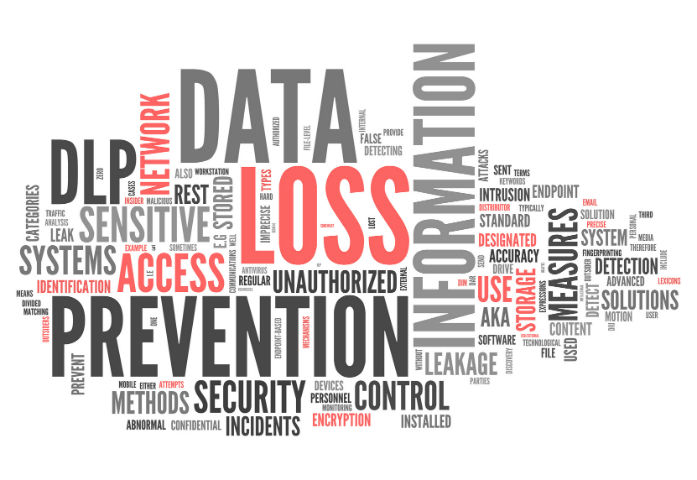3 ways tape is still a disaster recovery diversification must-have
There are many different kinds of threats in the enterprise information universe, but companies each only have themselves to blame when these attacks are successful. Disaster recovery solutions need to be diverse enough to withstand and recoup operational continuity, no matter how severe a virus of sweeping malware may be. That’s why diversification of corporate assets is so important.
For all those businesses that just leap on the cloud bandwagon or put everything into virtualized servers, the problem in a disaster recovery situation is that everything that these organizations owned was all in the same place, so everything is corrupt or lost. Here’s three ways to avoid those kinds of continuity crises by adding in backup tape management tools:
Think beyond the breach
A data breach is probably going to impact any given organization during its run of operation. Thinking ahead and anticipating such an attack requires not just contemplating the most recent threats, but as Data Center Knowledge advised, companies need to be looking at how they’re storing their information.
The source noted that corporations often store about 80 percent of their information incorrectly. B&L’s AssetAware can be helpful in avoiding these placement and timing issues, which can be a huge burden when trying to quickly and accurately restore operations.
Keep it physical
In an overwhelmingly cloud-positive business environment, it’s easy to take an all-in approach on digital technology. Information in this environment can easily be shared and viewed in real-time across vast distances, but at the same time, these qualities also open endless possibilities to hackers. What’s more, if a vendor or service provider has an outage, companies are left in limbo until these networks can be restored.
Enterprise storage Forum recommended keeping a physical storage option on-hand, even in a pro-cloud landscape. That way, backup tape solutions like AssetAware can help firms locate the resources they need to keep running, no matter what the reason is for the continuity error.
Develop privacy
Many companies use public cloud tools, even if they think they’re operating on private networks. Email clients, storage providers and sharing tools are often owned by a third party and present a rogue presence even in VPN environments.
CIO Online recommended having a secure, private option in the form of on-site data centers and off-site tape systems. That setup provides a tangible, reliable tape tracking solution for any scenario, whether a public cloud resource is hacked or if threats disable an entire server connection. With B&L’s AssetAware, automation and standardization of workflow processes can help ensure continuity and disaster recovery even in a cloud-centric enterprise environment.

